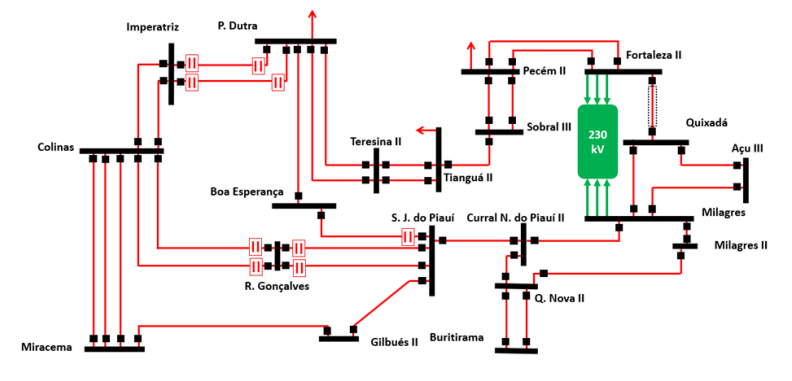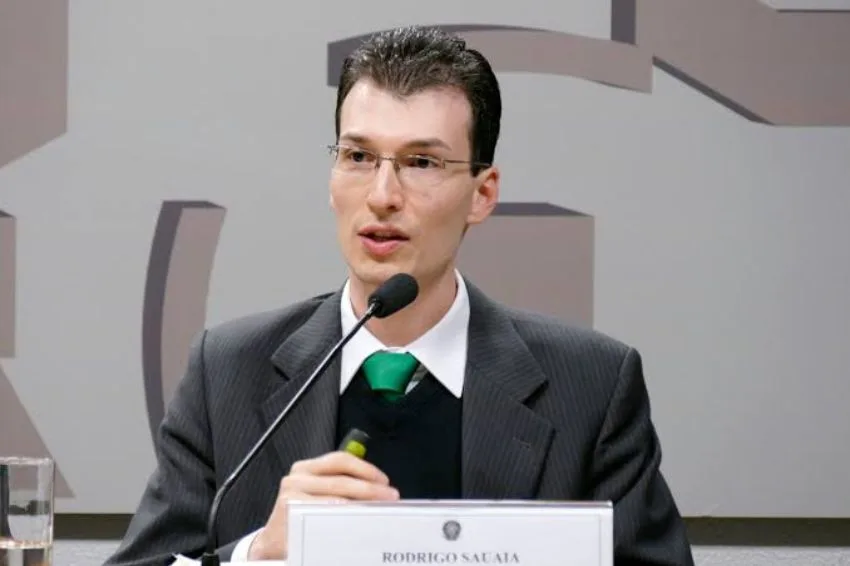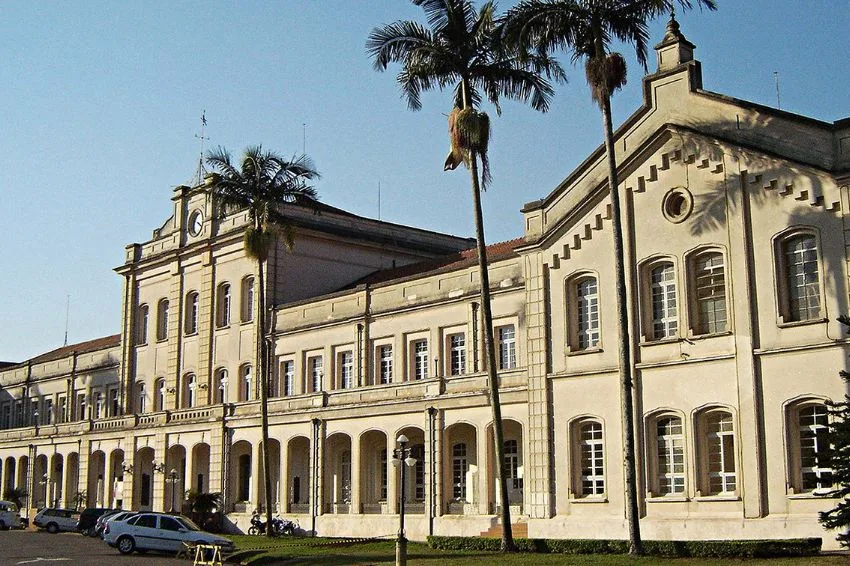O ONS (National Electric System Operator) released the final version of RAP (Disruption Analysis Report) relating to the blackout on August 15th, which left more than a third of Brazilians without access to electricity.
O document confirm the result introduced to agents on September 25th and informs that the main cause of blackout was the performance on the field of voltage control equipment wind and solar plants in the transmission line Quixadá – Fortaleza II, In Ceara.
The devices, which should have automatically compensated for the voltage drop due to the opening of the transmission line, ended up performing below expectations in the models used by the Operator.
The problem started with the automatic transmission line shutdown 500 kV Quixadá – Fortaleza II, only at the Quixadá terminal, during normal operation, caused by the activation of its protection system, without the incidence of a short circuit in the electrical system.
Subsequently, a abrupt reduction in tension in the region, in the 230 kV and 500 kV systems, the opening of several transmission lines and the consequent separation of the North, Northeast and Acre/Rondônia Subsystems from the rest of the National Interconnected System (SIN).
The image below shows the schematic diagram of the area where the disturbance originated:

The interruption was approximately 23,368 MW of SIN (National Interconnected System) loads, 12,689 MW in the North/Northeast macro-region and 10,680 MW in the South/Southeast/Central-West macro-region.
According to the ONS, on the day of the blackout, the restoration of loads in the South subsystem began at 8:43 am and was completed at 9:05 am. In the Southeast Subsystem, restoration began at 8:52 am and was completed at 9:33 am
In total, the report has 614 pages that detail everything from how the system was being operated before the blackout to what happened after the disturbance began. The document has already been sent to ANEEL (National Electric Energy Agency).
Analysis
For ABDG (Brazilian Association of Distributed Generation), the final document presented only reinforces the need for the country to continue investing in clean energy sources so that blackouts like those that were recorded no longer occur.
“As more than 85% of distributed generation power is attached to the load, this type of event is minimized, as consumption occurs directly at the point of generation. This is one of the virtues of distributed generation, which is that it does not need to bring a large flow of energy from one region to another, helping to prevent this type of situation from happening”, said Guilherme Chrispim, president of ABGD.
















One Response
Dear all, without elaborating too much, raising the issue of renewable sources of wind and solar energy is very frivolous. We would like ONS to have a final report on its website.